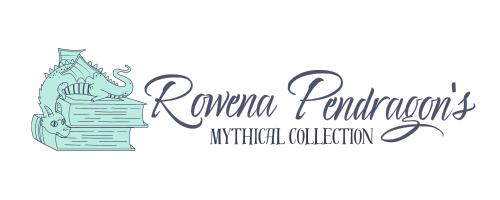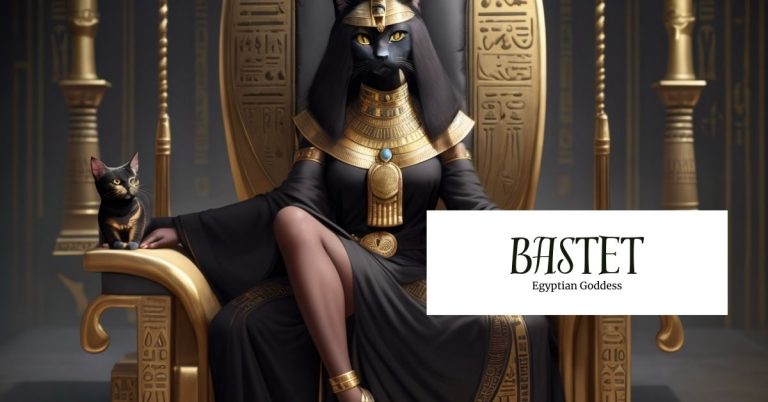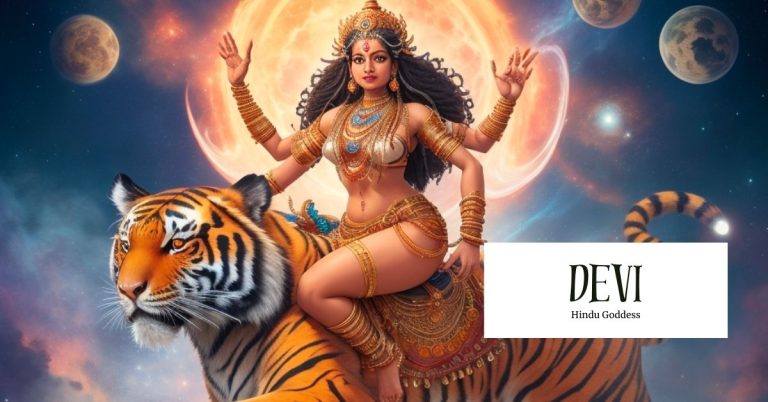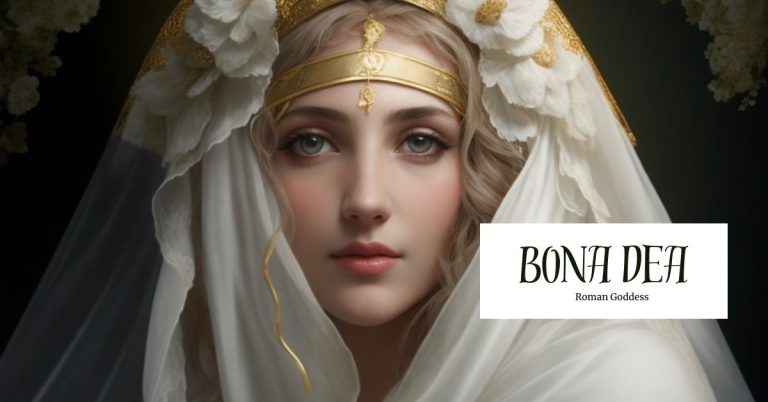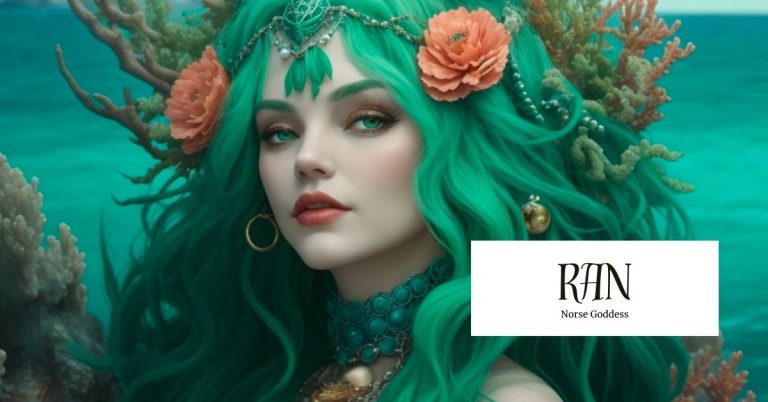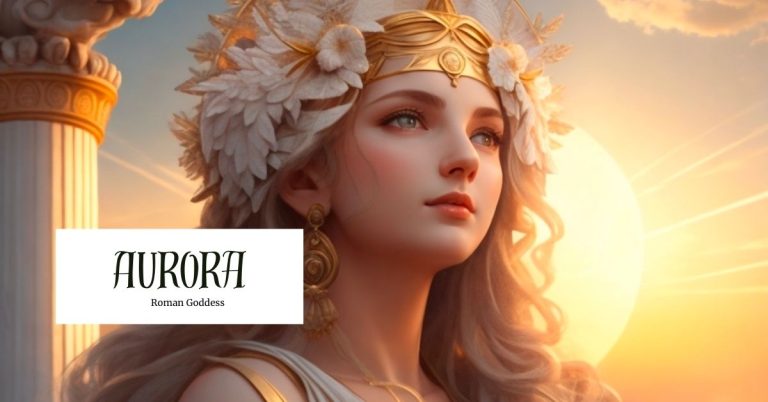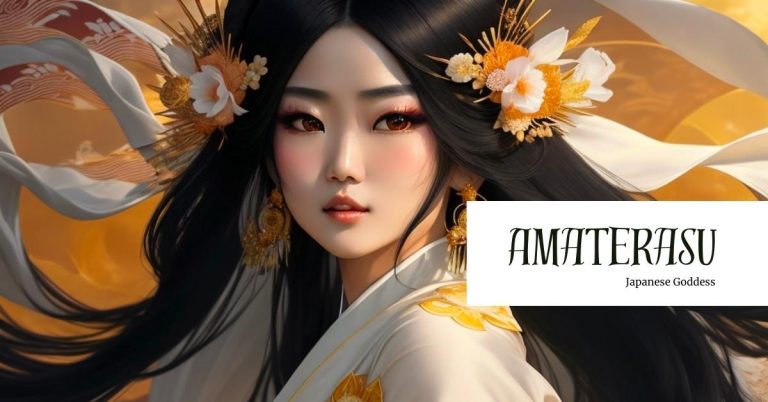Máttaráhkká: The Mother/Goddess of Childbirth
The Sami deity Máttaráhkká is the goddess of earth, beginner of life, and protector of children. Máttaráhkká’s notable ability is to receive the soul and spirit of a child and breathe it into the mother’s womb before the child is born. Máttaráhkká’s association with women and children makes her an important and highly respected deity.
Overview of Máttaráhkká
Máttaráhkká is a northern deity under the ancient Baltic region who is best known as the protector of children. Máttaráhkká is coupled with Madder-Acha, the god of humanity, and together, the two have three daughters. The daughters of Máttaráhkká often are associated with protecting children as well. Máttaráhkká can be tied to different northern cultures’ mythology including Finnish, Germanic and more, for the history of mythology in northern Europe can often get tied into one.
Titles
Máttaráhkká is also known as the mother, goddess of the earth, beginner of life, primal mother, and goddess of all life. Máttaráhkká is called by different names depending on the source. A couple others include Madder-Akka and Maderakka. Madder-Akka could translate to “origin grandmother” or “mother woman.” Jabmi-akka translates to “death grandmother” and could be seen as Máttaráhkká’s counterpart in Sami mythology, for death is a major cycle of life just as birth is.

Painting of Máttaráhkká interpretation.
Source: Gods and Goddesses
Abilities
This goddess received the soul and spirit of the sky god (also known as the god of community), Radien, and breathed the soul of the child to the child in its mother’s womb. Some material says that these souls are reincarnated. Máttaráhkká is closely related to everything associated with motherhood and childbirth. Máttaráhkká would also suggest to the parents what the child’s name should be. Some sources say that Madder-Acha, her husband, would place the soul in the baby’s body and Máttaráhkká would be in charge of creation of the baby’s body. If the body was male, Máttaráhkká sent the baby to her daughter, Sarakka or Uksakka. If the body was to be female, it was sent to Juksakka. These women would then help the children come out into the world. The souls all came from the sky god Radien.

Sami woman with baby.
Source: Owlcation
Women would turn to the female deity during pregnancy and childbirth, as well as during menstrual cycles. Because childbirth back then is much more dangerous than it is today, maybe babies didn’t make it long. Part of Máttaráhkká identity was to comfort those fears and knowing they had a deity to look to made that experience less frightening.
Traits
Máttaráhkká’s identity aligns with the idea of Mother Earth, since earth is known as life-giving and nurturing. Mother Earth takes on lots of different identities in different cultures and religions, but in Sami mythology, Máttaráhkká is the closest identity to Mother Earth.
In Sami shamanism, the generalized female spirit is called akka (possibly where Madder-Akka came from). Máttaráhkká is thought of as the first akka. Women and girls belong to here and her akka spirit, and boys do as well until they reach the point of manhood. Worshiping akka is common practice in forms of rituals, prayers and sacrifices. Máttaráhkká is popular with modern Sami feminists. Máttaráhkká’s three daughters, who assist with their mother’s childbirth practice, are also akkas. Sarakka is the goddess of fertility and love and protector of mothers and babies; Juksakka is the protector of children and protector of boys and men; and Uksakka protector of children as they grow up and decider of sex in the womb. Máttaráhkká was also said to become a guardian angel to look after babies in their first few years. It was thought that Máttaráhkká and her daughters lived under people’s tents in the ground. Fragments of Lappish Mythology writes says that Máttaráhkká hangs out in the “middle air section,” compared to other deities who lived in different air sections.

Symbol of the akka.
Source: GodChecker
History of Sami mythology
Sami, also spelt Saami, is the population of people who inhabit the region of Sapmi, which is comprised of Norway, Sweden, Finland and Russia. Sami is its own language and is part of the Uralic language linguistic group. Other languages in this group include Finnish and Hungarian. The Sami people are descendants of nomadic communities who lived in northern Scandinavia for thousands of years. Reindeer herding, sheep herding, fishing and fur trapping are a few livelihoods the Sami are known for.
Traditional Sami religion and spiritual practices are considered to be animism—the belief that all naturalistic objects possess a soul. Examples can include rocks, plants, animals, and anything in the natural world. The Sami religion and beliefs can vary slightly from region to region, but the main deities of the Sami culture remain mostly the name, even though some may have different names for the same deity.

Sami people in traditional dress.
Source: ThorNews
Unfortunately, very little of Sami religion and mythology has been translated into English. In the 1800s, a Luther pastor named Levi Laestadius collected some fragments of this mythology, but it was poorly translated and weak explanations for lost historical resources. The Kalevala is a written book that focused on Finnish mythology, but also spoke of deities that were similar to the ones in Sami culture. According to the editors of God Checker, Máttaráhkká may be related to Akka, a Finnish deity. It’s unsure of how Máttaráhkká fits in Baltic mythology.
If you have more information or legends that you can share, please do reach out!
Influences of other religions/cultures on Máttaráhkká
The presence of Christainty in Sami culture was active during the Roman Catholic middle ages, but the 17th century is when Norway and Sweden colonized Sami and Christianity was a main focus. In the kingdom of Denmark-Norway, the practicing of Sami religion resulted in a death penalty, for it was thought of as witchcraft. A Christian mission was enacted in the 17th century to convert the Sami people to Christianity. During this period, the Sami people practiced Christianity in public, but in private, still continued their Sami religion. Motherly figures in Sami culture, like Máttaráhkká, were then merged or linked to the Virgin Mary in Christianity. Máttaráhkká seemed to be able to merge into many different female figures in different religions and mythologies.
Modern appearances
Máttaráhkká and Máttaráhkká ajcents make appearances in comic books and in the Marvel universe. The Finnish equivalent of Máttaráhkká is a minor character in the Marvel Universe Comics. In the Thor comics, Máttaráhkká’s daughters make appearances. Some sources say that Gaea in the Marvel universe is Máttaráhkká.
Final thoughts
Although there is not a ton of information about who Máttaráhkká was and what role she played, Máttaráhkká’s legacy remains a notable part of Sami culture and religion. Her association with the title of Mother Earth and protector of mother and children enhance the Sami religious views of the natural world having special abilities. Máttaráhkká was a source of comfort to women during pregnancy, childbirth, and long after.
Sources used
The Divine Feminine in Ancient Europe
Fragments of Lappish Mythology
